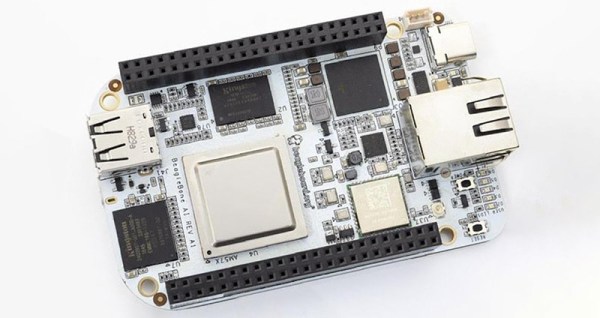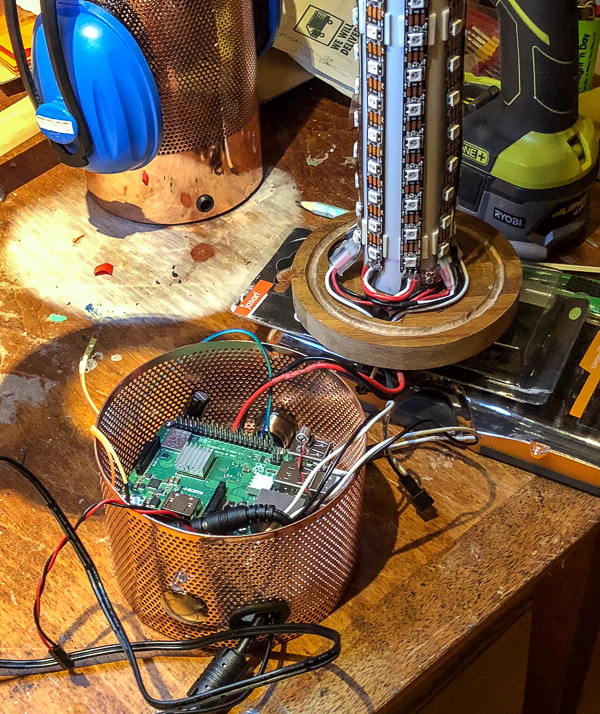There are a lot of BeagleBones, from Blue, to White, Green, Black, and we think there’s a purple one in there for some reason. The diversity of BeagleBones is due to the openness of the design, and is the biggest advantage over the ‘bone’s main competitor, the Raspberry Pi.
Now, there’s a new BeagleBone, and this time the color is AI. The BeagleBoard foundation has just unveiled the BeagleBone AI, and it is going to be the most powerful BeagleBone ever developed.
Unlike the BeagleBone Blue, Black, or the PocketBeagle, the BeagleBone AI uses the TI AM5729 processor, a dual-core ARM Cortex-A15 running at 1.5 GHz. It’s not a BeagleBone unless it has those nifty real-time programmable units, and yes, this one has four. This is the BeagleBone AI, so something else has to be different, and it comes with four Embedded Vision Engines (EVEs), a TIC66x DSP, and support for machine learning with pre-installed tools.
Of especially interesting note, this board features USB C connectors, Gigabit Ethernet, onboard WiFi, 1 GB of RAM, and 16 GB of eMMC Flash. The massive block of pin headers remains the same.
If this feature set sounds somewhat familiar to the Beagle family, you’re right. The BeagleBoard X-15 — the alpha wolf of the BeagleBone family — also comes with DSP, and Cortex-A15 cores running at 1.5 GHz. The use case for the X-15 was a little puzzling, as it was too big to really be a portable or embeddable system, but didn’t have the power of the likes of an Nvidia Jetson or what have you. The BeagleBone AI is essentially a minified version of the X-15, albeit slightly less capable in terms of RAM and Flash.



















